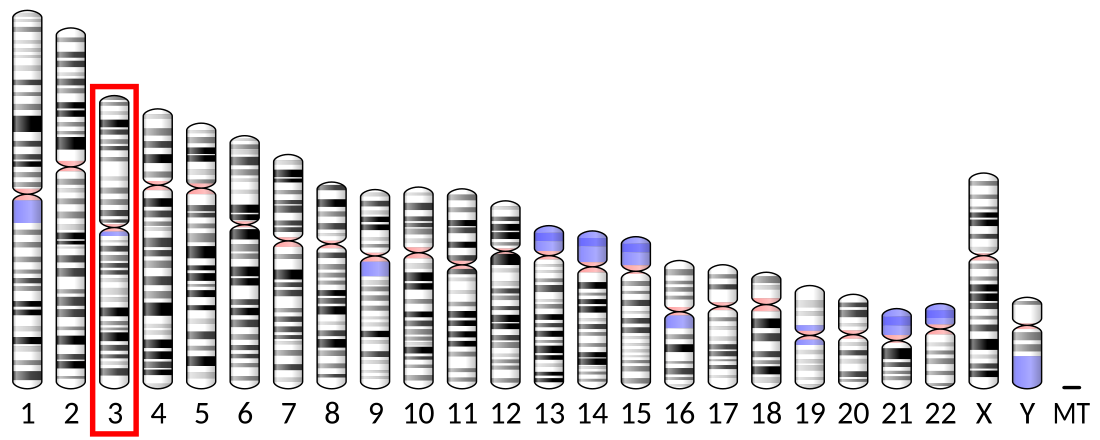Top Qs
Timeline
Chat
Perspective
TNIK
Protein-coding gene in the species Homo sapiens From Wikipedia, the free encyclopedia
Remove ads
TRAF2 and NCK-interacting protein kinase is an enzyme that in humans is encoded by the TNIK gene.[5][6][7] TNIK is involved in various cellular processes, including signal transduction, gene transcription, and cytoskeletal organization. As an emerging area of therapeutic research, TNIK inhibitors have shown potential in addressing a range of diseases, including cancer, neurological disorders, and inflammatory conditions.[8][9][10]
Remove ads
Structure
Germinal center kinases (GCKs), such as TNIK, are characterized by an N-terminal kinase domain and a C-terminal GCK domain that serves a regulatory function.[6][7]
Function
TNIK is a serine/threonine kinase that plays a central role in diverse cellular processes, most notably as a key regulator of the Wnt signaling pathway.[11] TNIK is recruited to the promoters of Wnt target genes where it interacts with both β-catenin and TCF4; it phosphorylates TCF4 to enable TCF/LEF-dependent transcriptional activation of Wnt target genes, a function critical for cell proliferation and stem cell maintenance, especially in intestinal and cancerous tissues.[11]
Remove ads
Interactions
TNIK has been shown to interact with KIAA0090,[12] although the significance is unclear. TNIK has been shown to phosphorylate Gelsolin, a protein involved in F-actin depolymerisation thus inducing cytoskeletal changes.[6]
Clinical significance
TNIK plays an important role in pulmonary fibrosis. TNIK inhibitors are used in the treatment of pulmonary fibrosis.[9] TNIK has increasingly been of interest in research into the biology of ageing.[13]
References
Further reading
Wikiwand - on
Seamless Wikipedia browsing. On steroids.
Remove ads







